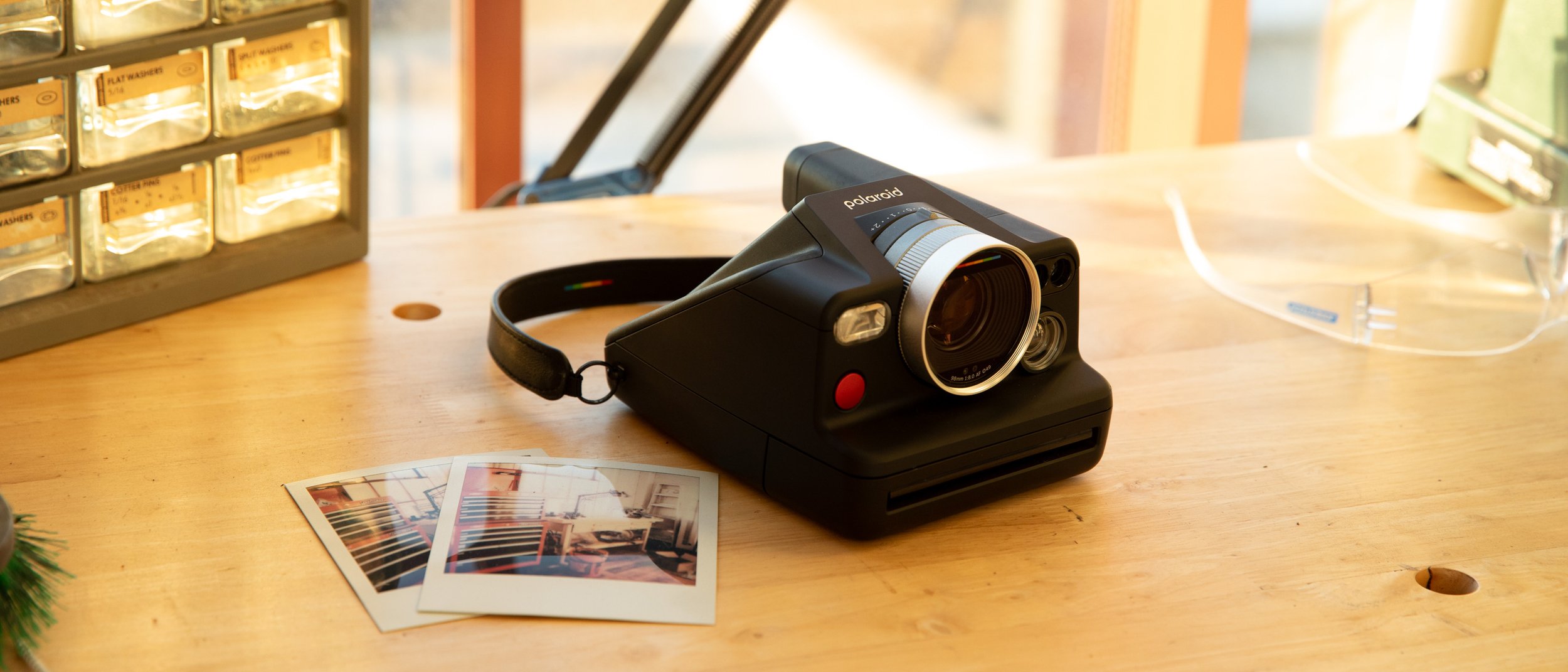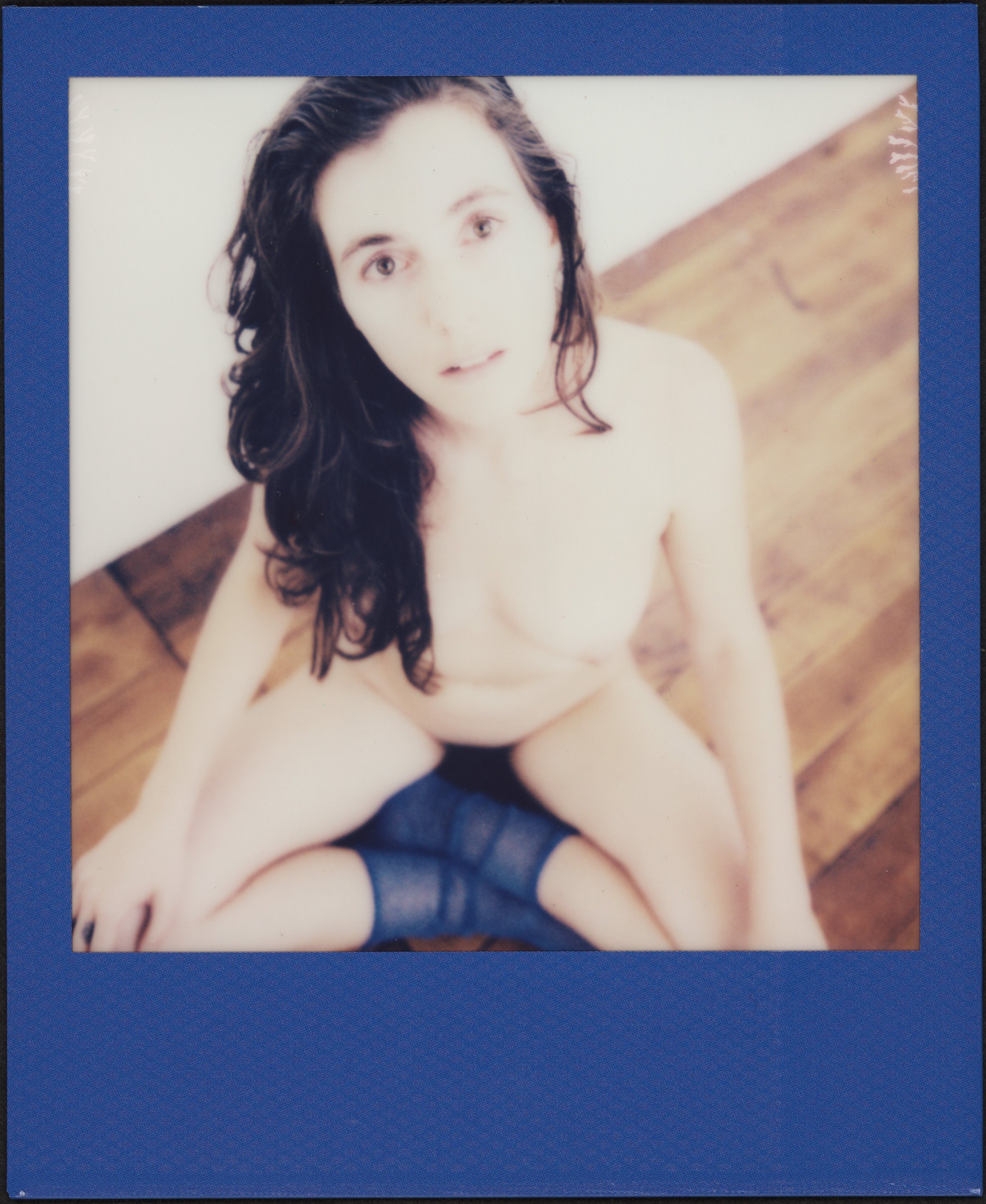Confession time. I have a bit of a fetish when it comes to instant cameras. I’ve been chasing the perfect solution to shooting various instant films for years. There’s still boxes of expired Type 55 in my fridge. Every Fuji Instax ever made. Vintage SX-70s and SLR 680s. Obscure large format backs that will take Instax wide. A Fuji press camera from Japan to shoot FP100 peel apart film. The holy grail is always control. The ability to adjust exposure, f stop, shutter speed, force flash or no flash. Every solution has its compromises and seems to fall short in some way. My love of instant is also partially why I embrace TinType. It’s instant gratification 1860’s style.
Then one morning a few weeks ago while laying in bed, checking my email, I see an announcement for the I2. Devouring specs and available info, I hit the buy button. Yeah, it’s pricy for a Polaroid, but not out of line with what the first SX-70’s were going for in 1973 when they debuted. It showed up in just a few days, bundled with a few packs of film. It feels nice in your hands, solid and a nice weight. The viewfinder is bright and settings are visible through the eyepiece. It’s rechargeable via a USB-C port, which is one criticism. The internal battery is not user replaceable. Reports about the previous iType camera have the battery dying after two or three years. I wondered if you could shoot the camera while its charging, and you can. Which makes me optimistic that you’ll be able shoot the camera with a dead internal battery while connected to an external battery pack. Not ideal, but not the huge issue some will make it out to be. The images from this camera are definitely the sharpest I’ve seen from cartridge film. Owed to a completely redesigned lens purpose built for this camera and film. Polaroid claims that their “plastic” lens is superior to film. I’ll have to agree. The proof is in the pudding.
I’ve run a few dozen sheets of film through it by now. I’m mostly using it on aperture priority, wide open at F8 and using the exposure compensation ring plus or minus, depending on the situation. F8 sounds like a small maximum aperture, but you have to remember the film size. F8 on the I2 is the equivalent to F2.8 on 35mm. I need to see how it couples with an incident light meter. I’ve found in bright sunlight it tends to over expose images. I’ll knock it down by 1/3-2/3 stop. Overall I’m very happy with it and have been recommending it to everyone who enjoys shooting instant images. The iType film is quite good. One sticking point is the development process. You should keep freshly shot images in the dark until they’re done cooking. And they take much longer to fully process than the film of yore. This makes it harder to see what you got and adjust and reshoot. You can also use the SX70 and 600 types of film, though I’ve not tried that yet, don’t really see a reason to. There’s also a setting on the I2 for double exposures, looking forward to getting good with that. There’s an app from Polaroid to connect the camera to your phone via bluetooth. Giving you control over all the camera settings and a remote trigger. I just installed the latest firmware through the app. It also lets you shoot up to four multiple exposures. Connects easily, works flawlessly. This thing is a lot of fun to shoot with. It feels natural and nostalgic. It feels a bit like magic. This is by no means an exhaustive review of this camera, I’m sure you can find that elsewhere. Rather my first impressions, thoughts, plusses and minuses as I see them. I’m happy to discuss it or answer any questions.
I’m trying something new and have signed up as an Amazon Affiliate. If you’d like to purchase the Polaroid I2, I’d love it if you used this link: Amazon/Polaroid I2. And this 40 pack of film is the best deal I’ve found for price per shot.
This week’s photo gallery is of the lovely Whitney. A mix of tintype, digital and polaroid. This is the first pack of film run through the I2. Click here to see the whole set or to join.




